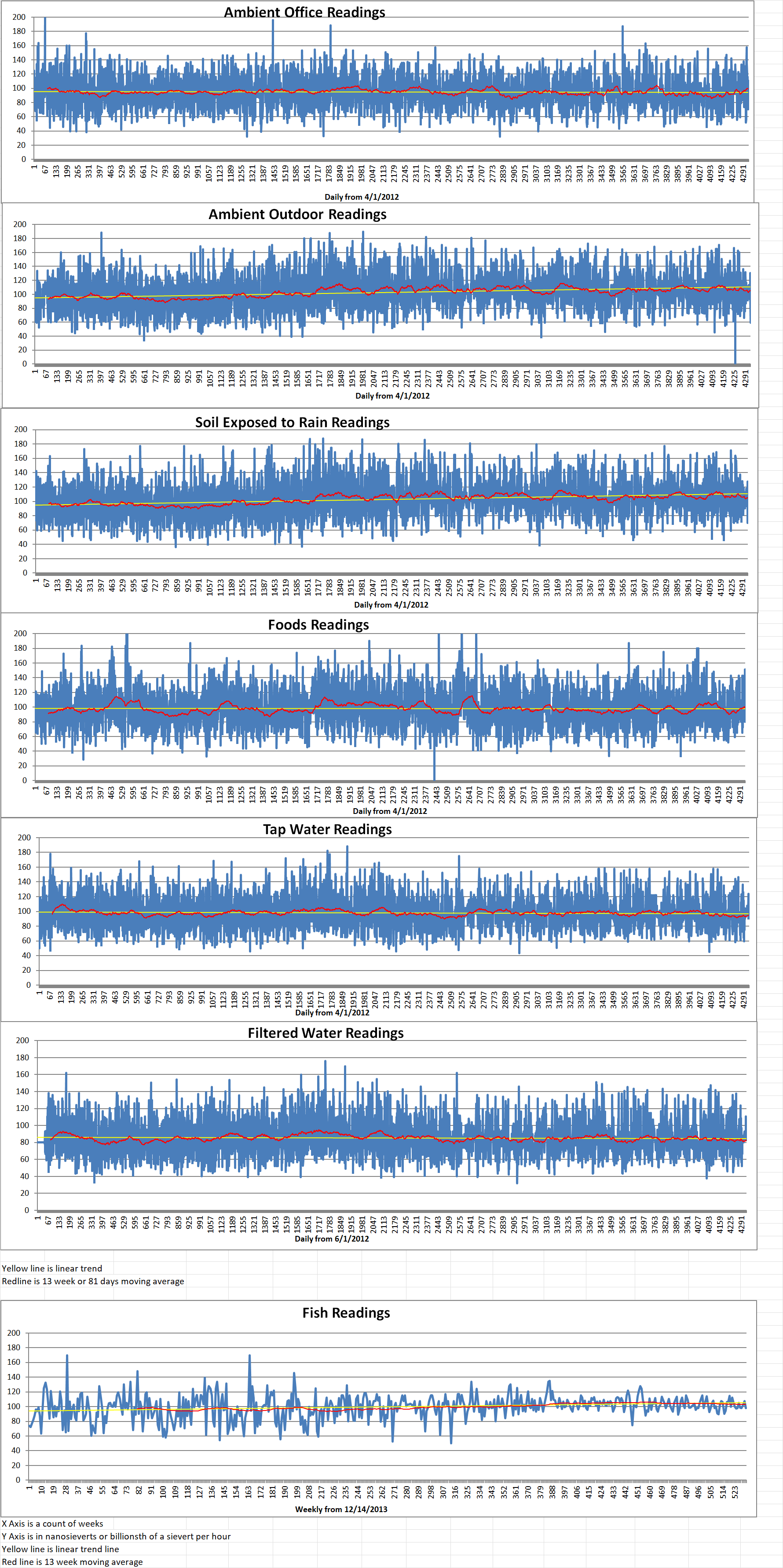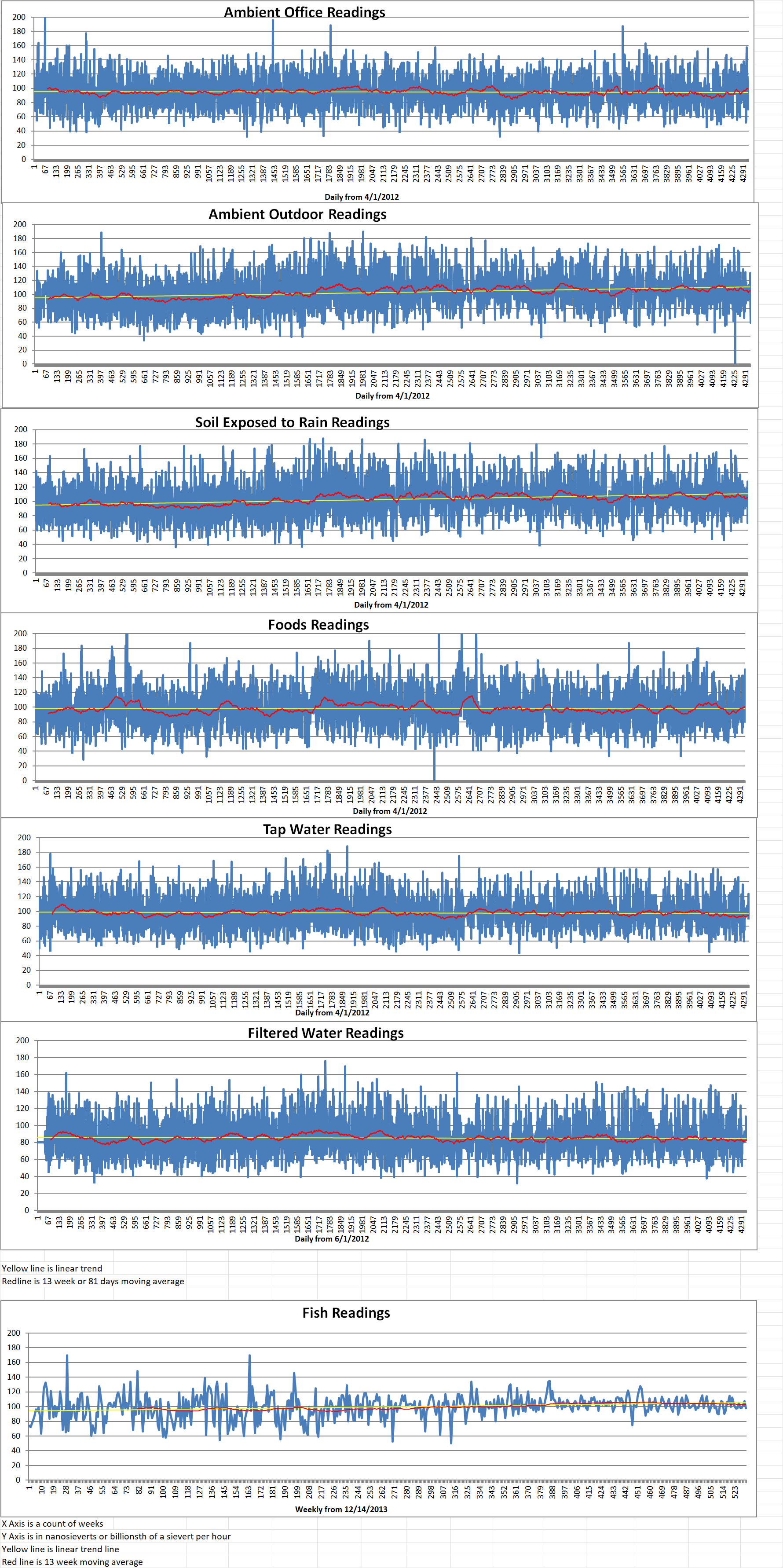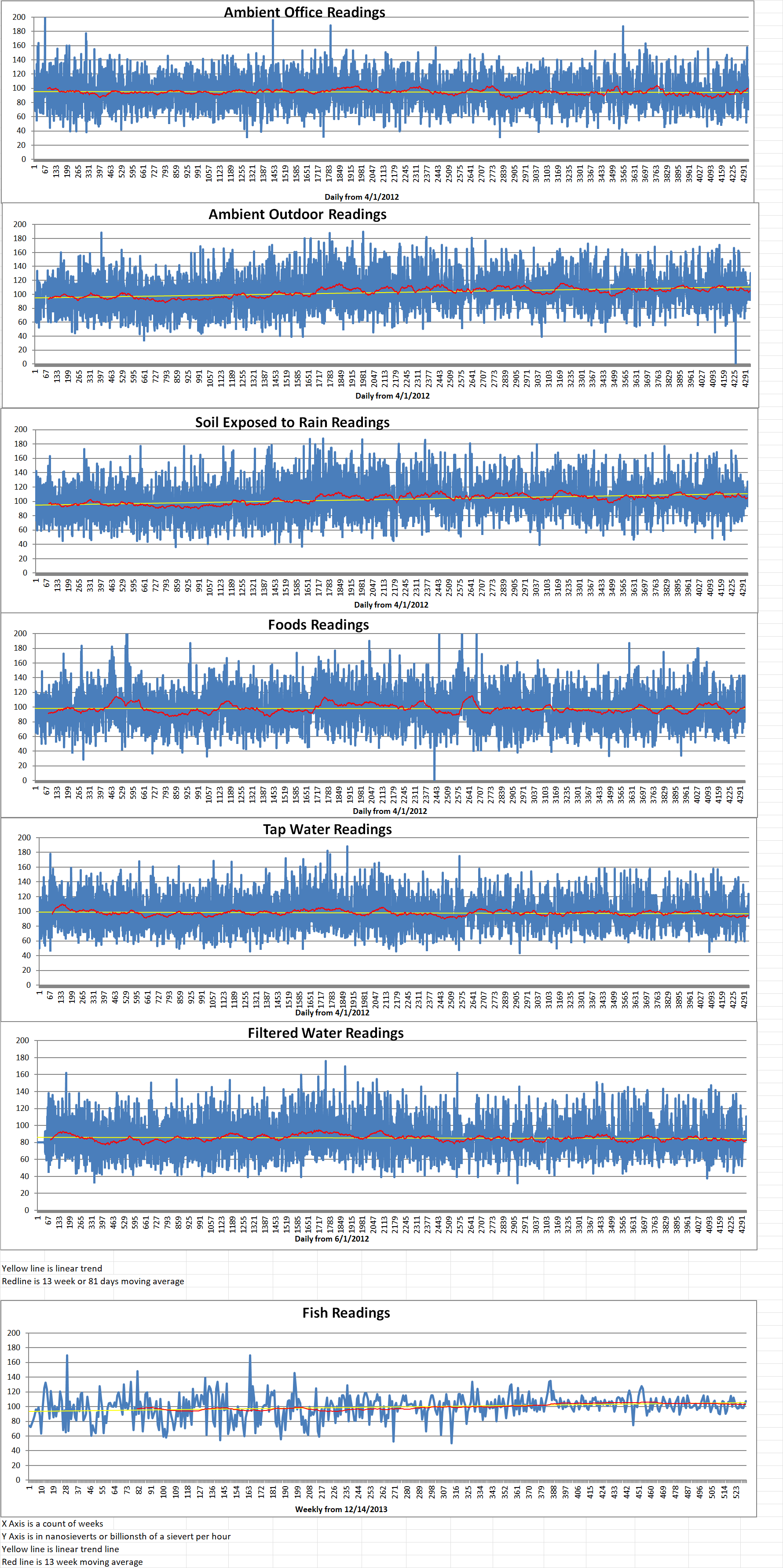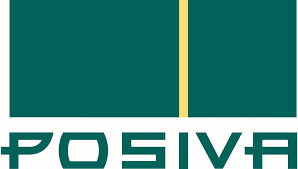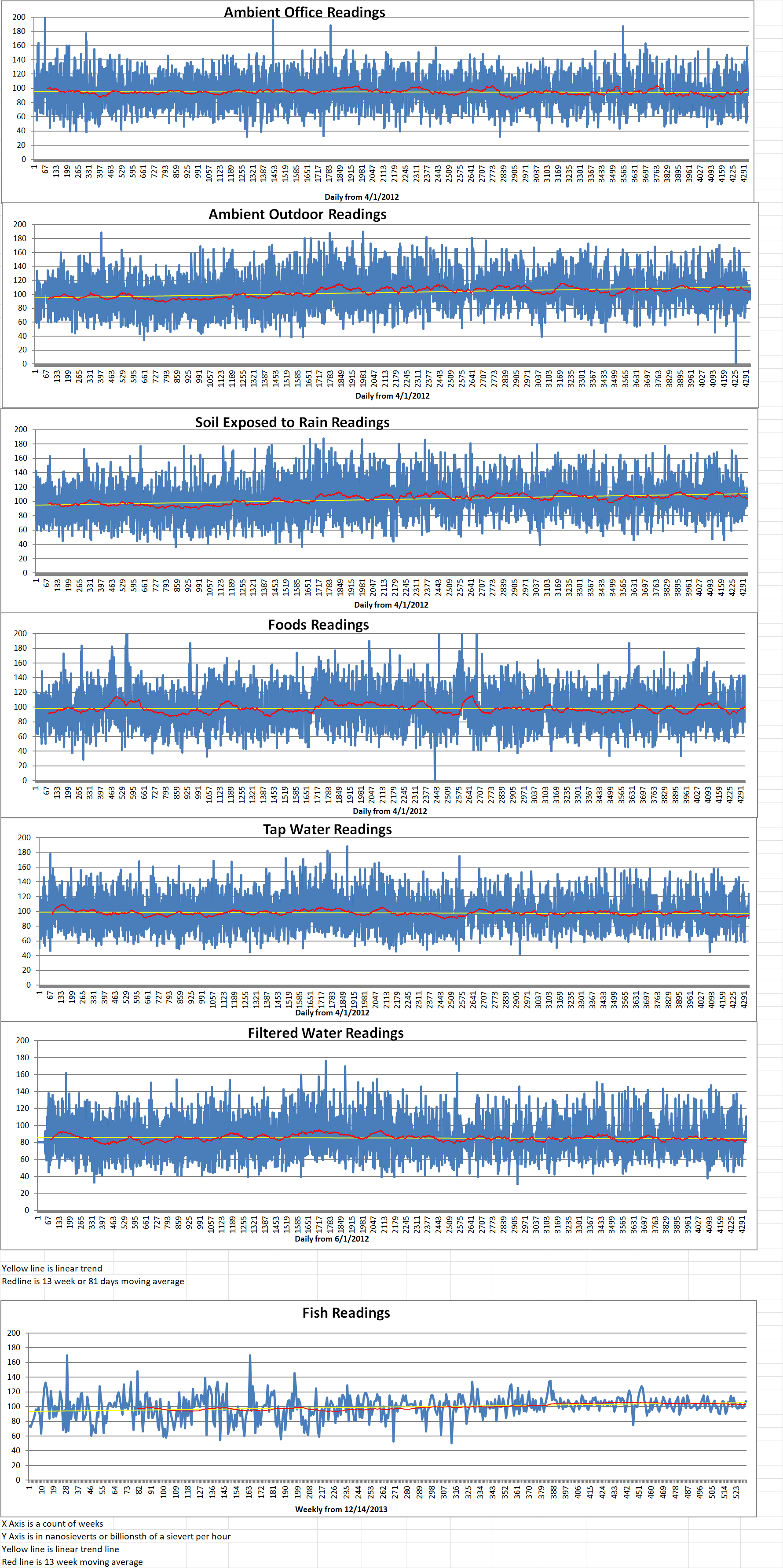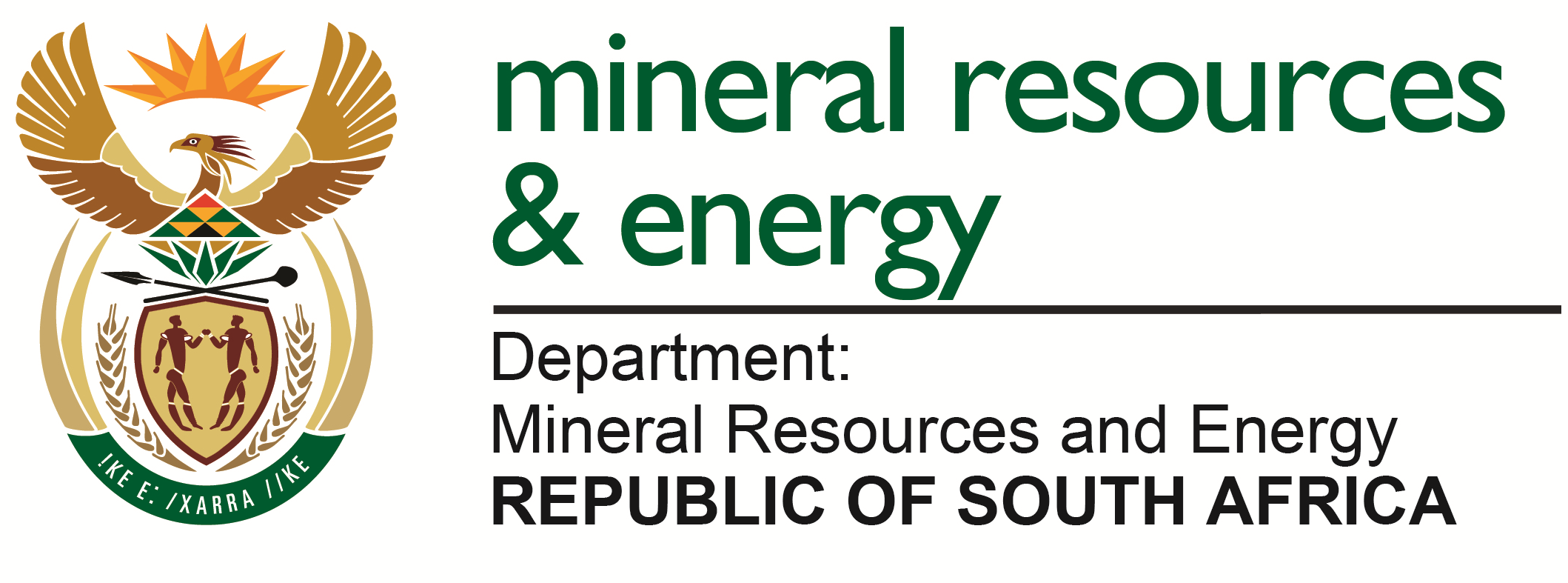Finland is soon to become the first country in the world to attempt the burial of nuclear fuel waste in a permanent geological tomb stored for the next one hundred thousand years.
The plan is to pack the spent nuclear fuel in watertight canisters and deposit them about thirteen hundred feet below ground level in the forest of the southwest region of Finland.
Finland is planning to carry out this exercise in 2025 or the following year. The construction of the underground repository is already underway. It is being constantly analyzed to weed out any potential problems and ensure maximum security.
Onkalo means “cavity” in Finnish. It is the name given to the planned facility that will store spent nuclear fuel for centuries to come. Onkalo is close to the three nuclear reactors situated on the island of Olkiluoto and is approximately one hundred and fifty miles away from the country’s capital, Helsinki.
Every operating nuclear reactor produces radioactive waste, which can be separated into three broad categories.
The first category is low-level waste including paper, rags, tools, and clothing, which remain radioactive for a short period. The second category is the intermediate-level waste, including resins, chemicals, and reactor components, which can stay radioactive for a slightly longer duration. The third category, and the most radioactive, is the high-level waste. This is the spent nuclear fuel from the nuclear power plant. A small portion of the radioactive materials contained in the spent nuclear fuel have an extremely long lifespan, which requires their isolation from nature.
The final disposal canisters are designed to remain sealed and impervious in their final deposition place long enough for the radioactivity of spent fuel to be reduced to a level not harmful to the environment, the company in charge of Onkalo says.
The spent nuclear fuel waste is the product that will be stored at Onkalo because its radioactivity levels can be dangerous for humans and all living beings for centuries.
Posiva is the company which is handling the construction of Onkalo. The company says that the facility consists of a “spiral-shaped access tunnel, four vertical shafts (personnel shaft, canister shaft and two ventilation shafts), tunnels and technical rooms.” The company received the license for disposal facility construction from the Finnish government in 2015.
According to the Posiva, until 2020, over half a million solid cubic yards of rock had been removed from the site for construction to take place. Excavation began after a substantial number of tests and surveys had been carried out to find out whether the site was suited for building a nuclear waste repository.
The annual report of Posiva for 2023 says that the trial run for final disposal will be carried out in 2024. This will include simulation of final disposal with unirradiated copies of fuel elements.
The final system installations in the encapsulation plant are almost finished. The safety assessment and Radiation and Nuclear Safety Authority’s statement on the operating license application for the final disposal facility of spent nuclear fuel will be issued in 2024.

